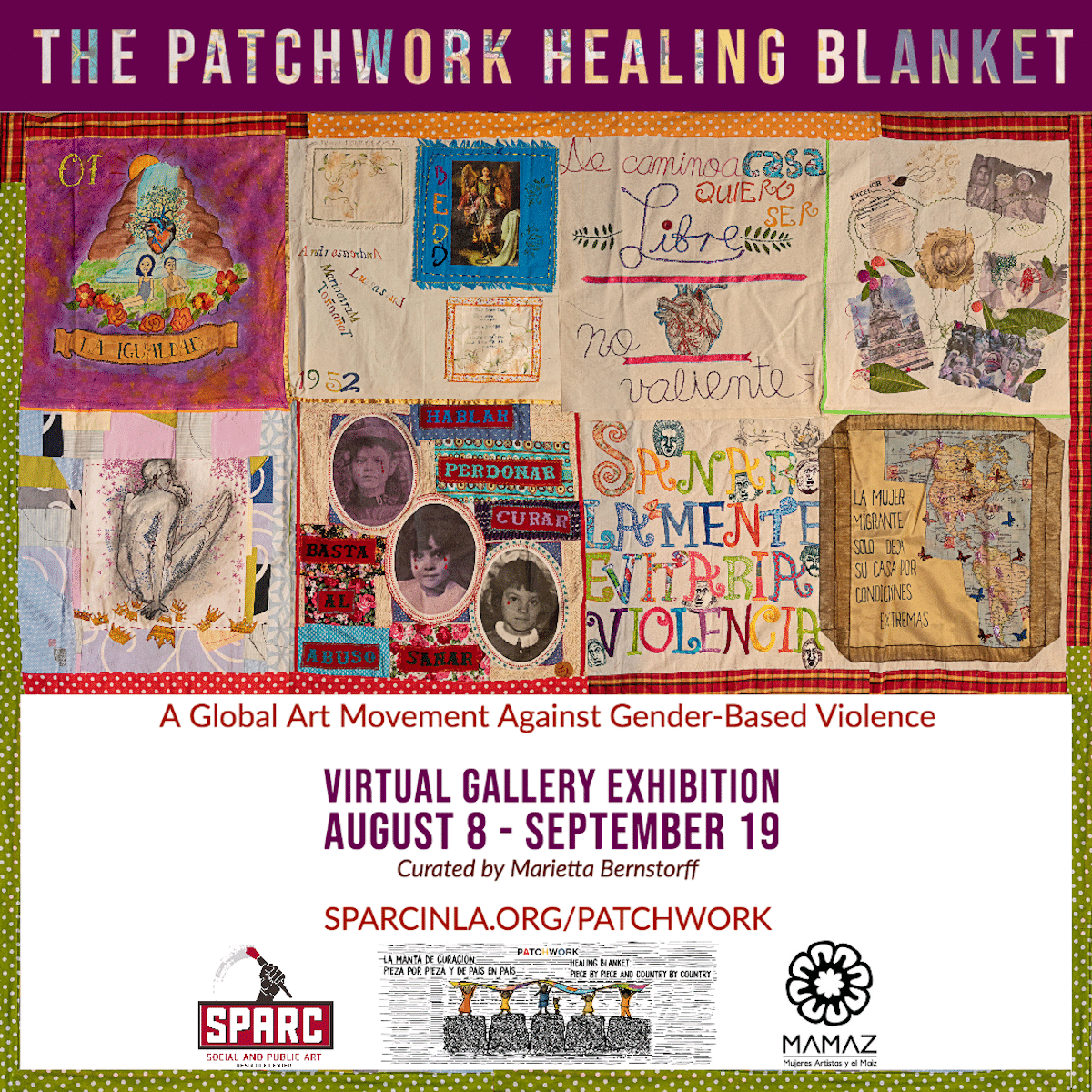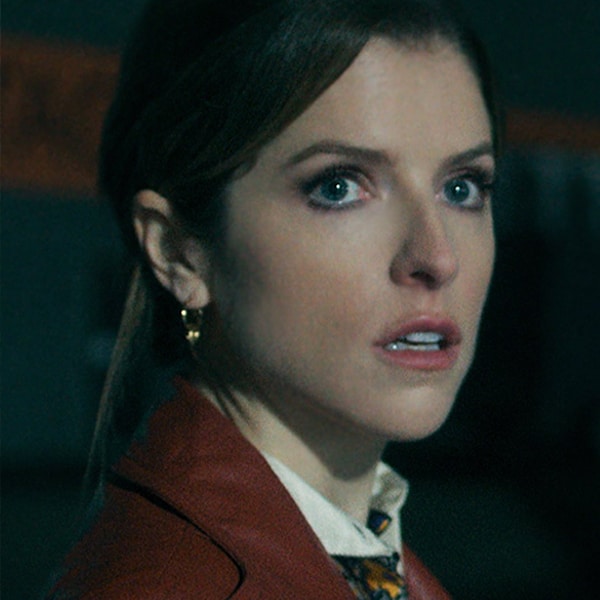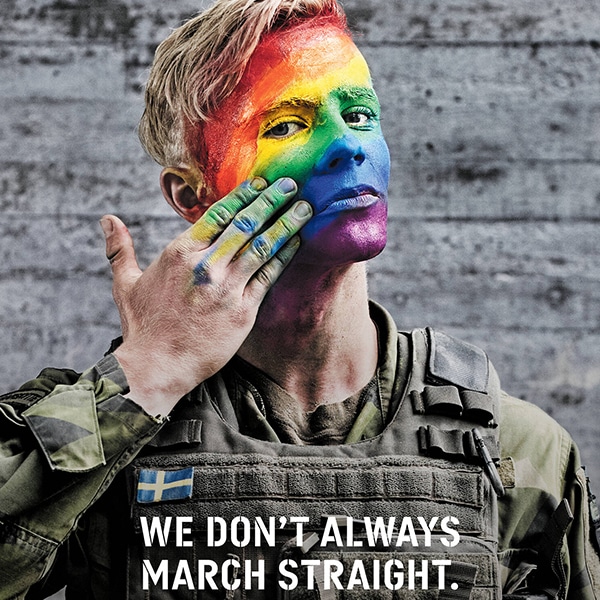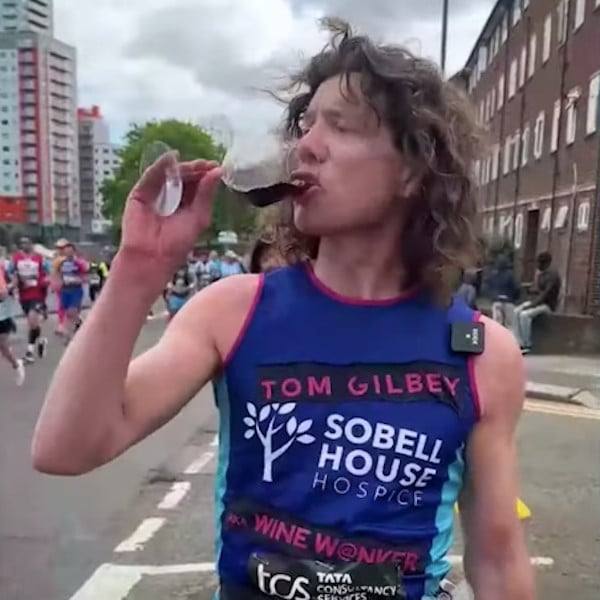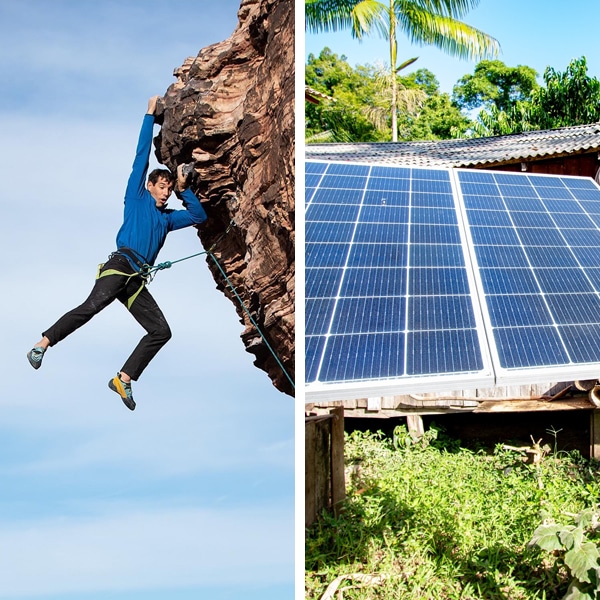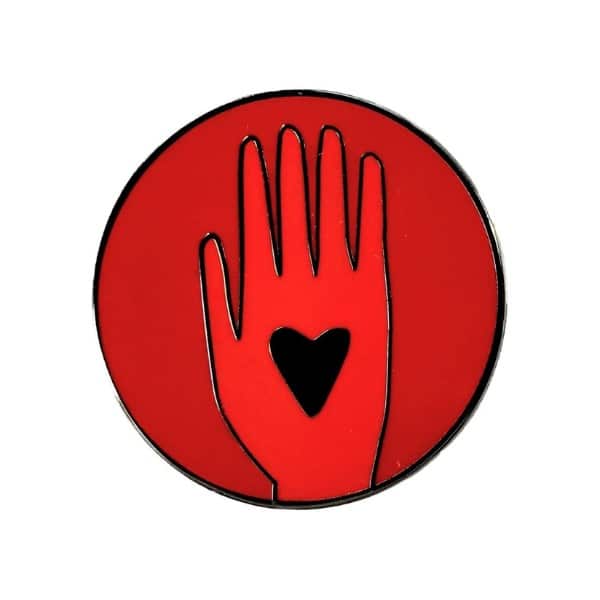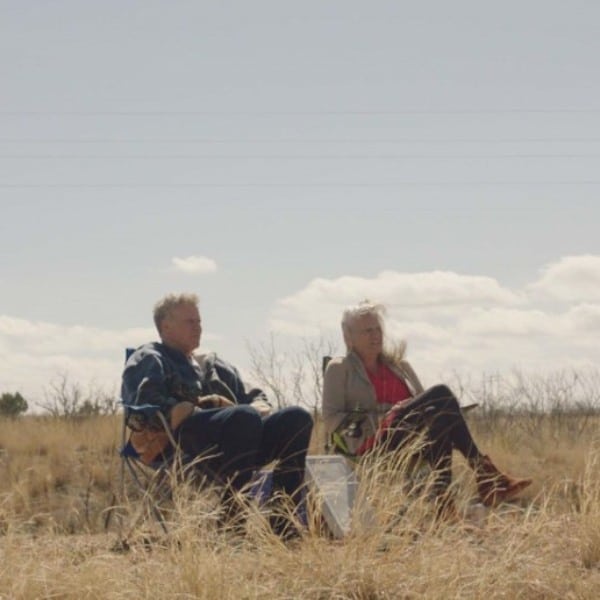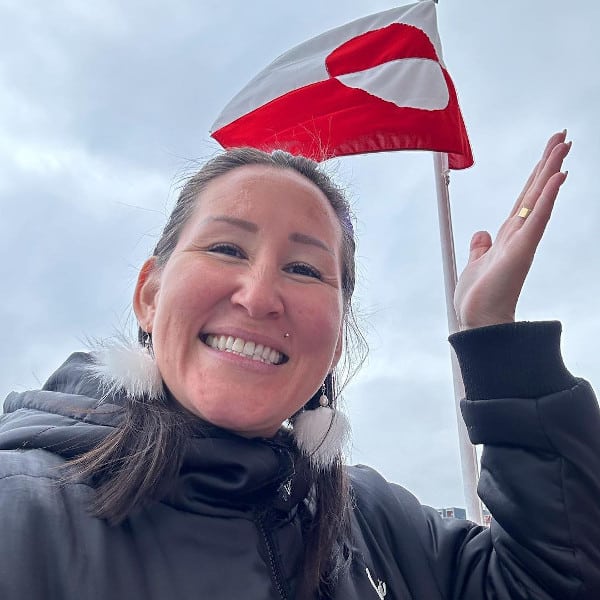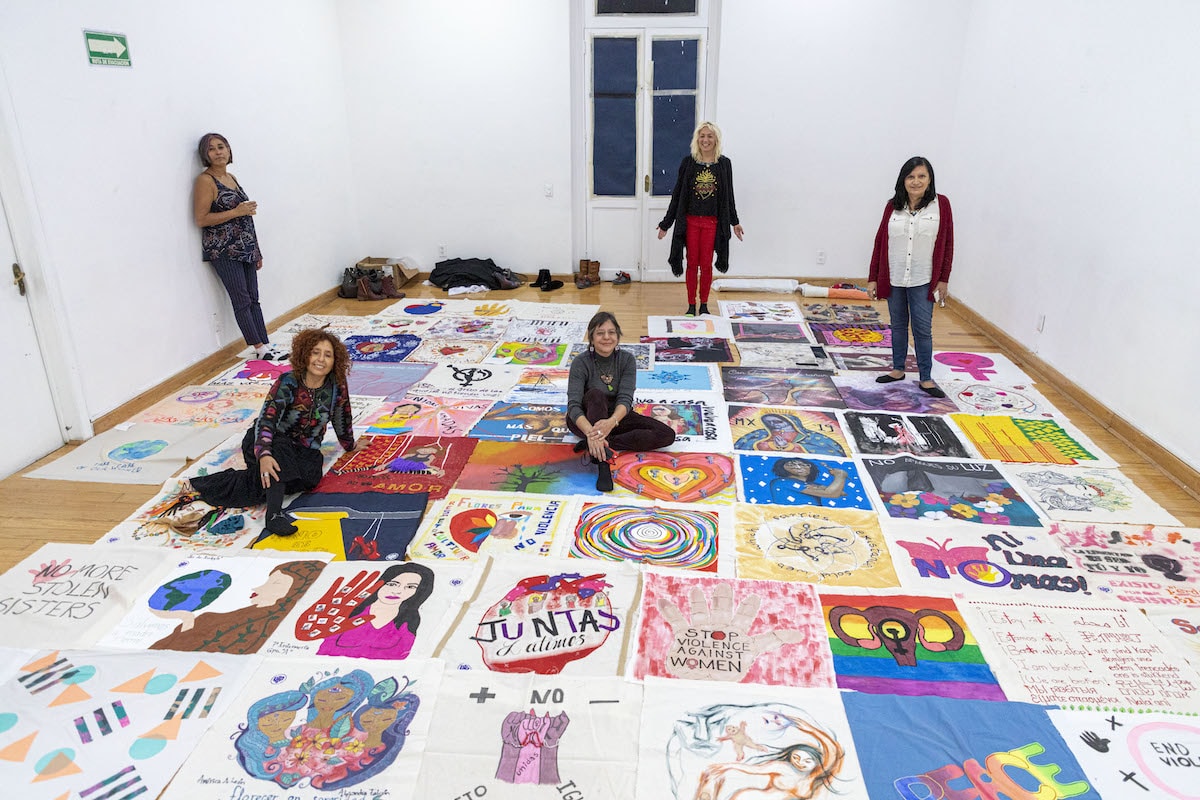
When Marietta Bernstorff read a story about a young woman’s violent death, it left her completely rattled. One of the most heartbreaking truths of the matter was that this type of violence against a woman was not a rare occurrence. She continued to learn that in 2019 alone, 10 women/girls a day were being murdered in Mexico. Additionally, the violence against women worldwide had increased during the COVID-19 outbreak. These facts led her to discover what the United Nations referred to as the “shadow pandemic.” A passionate Bernstorff had observed and drew inspiration from the different protests of feminist groups that were already taking place in Mexico City (where she is based), but she knew she needed to act as well.
“A group of us women friends, from Mexico and the USA; artist writers, activists, teachers, healers knew we had to do something about this violence, but what? and how?” Bernstrorff recounts. So, she started the initiative titled The Patchwork Healing Blanket / La Manta de Curacíon. Accompanied by a group of artists from Oaxaca and Mexico City (all of whom were female), Bernstroff invited women and creators across Mexico and the world to make an international piece-by-piece and country-by-country textile art project that would unite generations of women into a global movement against gender-based violence.
The result is 600 different and vibrant patchworks that were sent to Bernstorff’s group from all over the world—from Mexico to Argentina to the United States to Germany and beyond. Each “healing blanket” is now digitally on display in a virtual gallery by the Social and Public Art Resource Center (SPARC)—an organization whose mission is to produce, preserve, and promote activist and socially relevant artwork—for anyone to “walk” through and view, no matter where they are in the world. SPARC will also be hosting a virtual program called The Patchwork Healing Circle, where guests are invited to make their own patchwork to contribute to the ongoing project.
We had the opportunity to speak with Marietta and get more info on how she gathered 600 pieces from around the world to stitch together a story that inspires resilience and healing. Read on for My Modern Met’s exclusive interview.

Can you tell us about the pieces and people involved in The Patchwork Healing Blanket / La Manta de Curacíon?
The 600 pieces in the exhibition were from women and children ranging from the ages of eight to 78 years old. The topics we asked women to work on were violence against women, children, and Mother Earth!
Each patchwork piece is unique since these women are from all parts of the world and the visual language they use depends on what country they are from and how they choose to interpret these issues. Obviously, Mexico at this time has many more pieces since the project is based in this country.
The women are using different techniques from embroidery, crochet, patchwork, appliqué, painting, printmaking, and photography. Many have words written or embroidered on them about these acts of violence. We have writers and journalists who have also joined us to work with various children groups. Such as the 100 pieces made by little girls in an elementary school in Juchitán, Oaxaca where the journalist organized the participation with an art teacher and school psychologist. (Her text about these patchworks is in the exhibition).
Each of these art pieces has been made by either an individual artist or in a group gathering together of women and children to produce their pieces. What you are seeing and feeling as you see each piece is the energy these women and children have as they mediate and contemplate these issues as they embroider, crochet, sew, patchwork, appliqué, paint, print each piece. It is the process of healing by making these pieces that we begin to start a world dialogue between women.
The massive quilt includes submitted pieces from a dozen countries around the world.
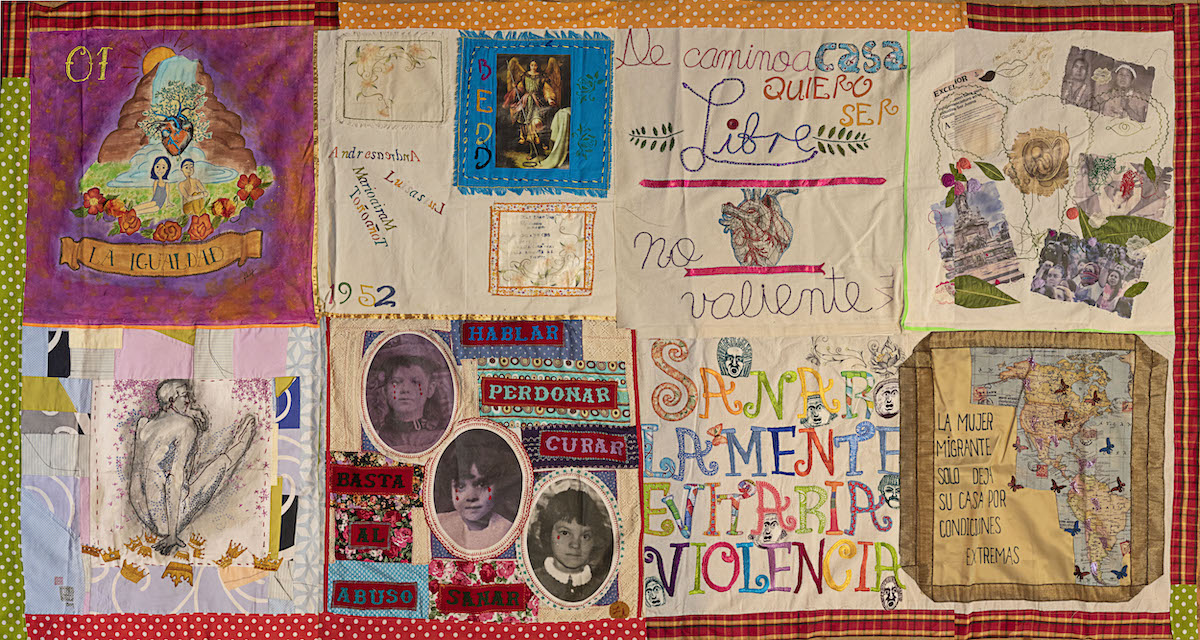
The healing blankets appear to display varying forms of art from different corners of the world. Were there common mediums or techniques submitted based on region?
The techniques vary but many of the Mexican participants are using embroidery, which is very popular all over Mexico—especially in the Indigenous communities. Recently, young feminists' girls are using this technique as a means of social protest all over Latin America. The European artists are using painting, printmaking, and photography.
As for women from Canada and the United States, many used patchwork and appliqué methods with embroidery, which has been handed down for generations just as in Mexico. We are encouraging women to think about taking back the knowledge that was passed down by their mothers and grandmothers, techniques that were considered women’s work, a craft not valued in “high art.” We think all techniques are valid and can be used in this social art discourse for social change.
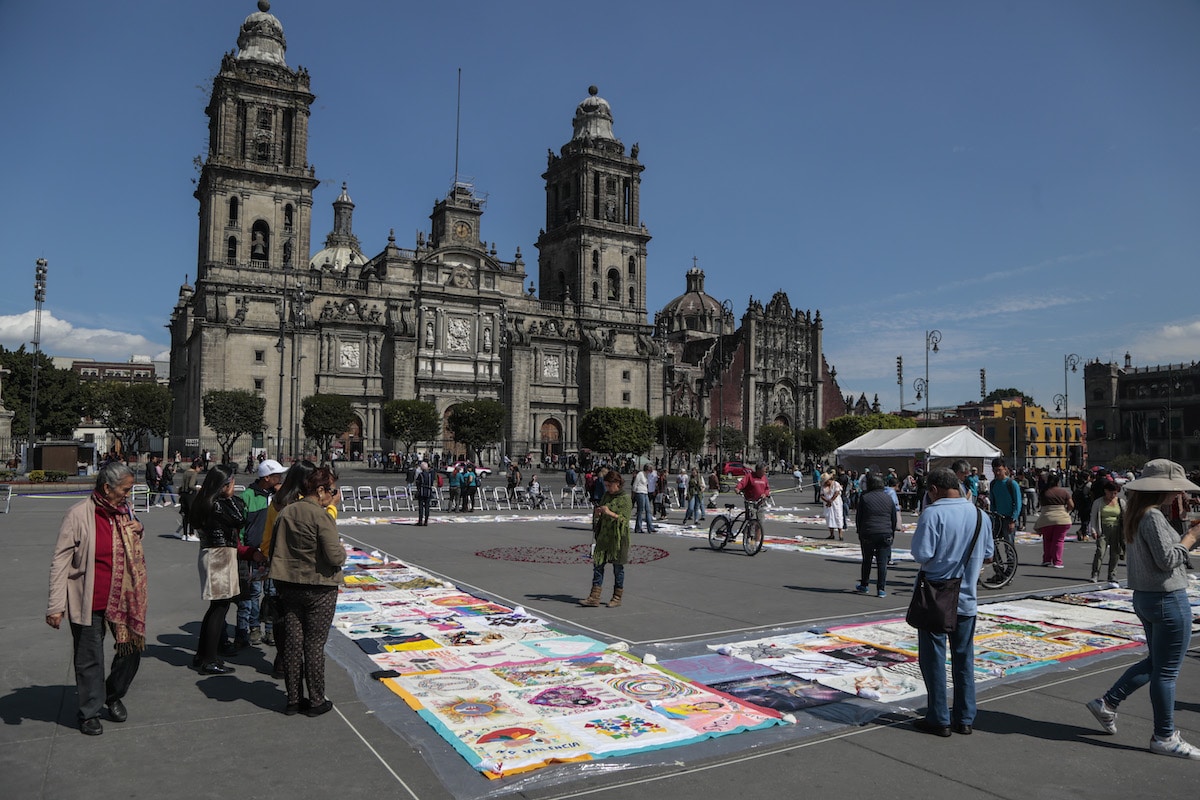
What do you hope people take away from this powerful project? What should they keep in mind?
It is non-violent, it's creative and many conversations will begin to develop to help each community express and hold a dialogue about the violence women/children/Mother Earth are living in their communities and countries. Through this concept, we will develop ideas to stop this pandemic we have neglected for much too long.
We are not a religious group but rather a spiritual healing group of women who are using the concepts of cloth, patchwork to take back our strengths, our voices, and our healing knowledge which is greatly needed in the world today.
When one works in social art projects, it is not just theoretical but actually hands-on, understanding the term community, and what social art really means. Social art can teach and inspire communities and teach governments how vitally important art is for the development of a healthier society, not just a luxurious item to view or purchase. Art/culture has tremendous value for our societies, it can influence, form, and shape our societies as it has done in ancient civilization. It is a form of communication that can enable us to be visionaries.
This exhibition shows the viewer that all these pieces together is not about one artist but about building community between each woman. An art practice that reaches a broader sector of society and shares our stories, which can help us begin to stop this violence and madness that is destroying our planet.
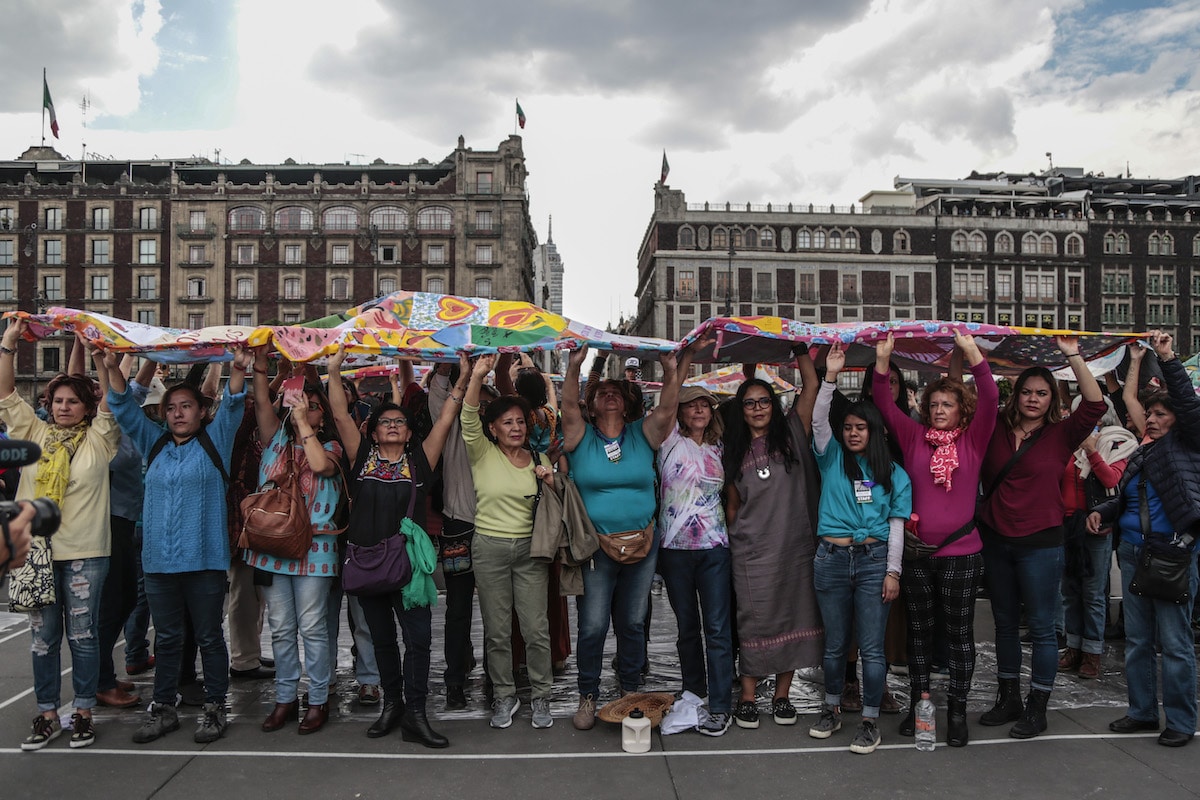
Do you plan to continue this project with more and more women wanting to participate?
Women of all ages are invited to participate from around the world in this project until “we the women” understand the seriousness of these issues and form a unity as to how to make men and governments stop the violence against women, children, and Mother Earth. This will be an ongoing public art piece traveling cities and countries.
As a social art curator for the past 25 years, I know that one has to teach a community (local or world) that art is a powerful tool for justice. It is a catalyst for personal transformation. When you can express this pain or anger in a non-violent way, you can heal yourself, your family, and your community.
